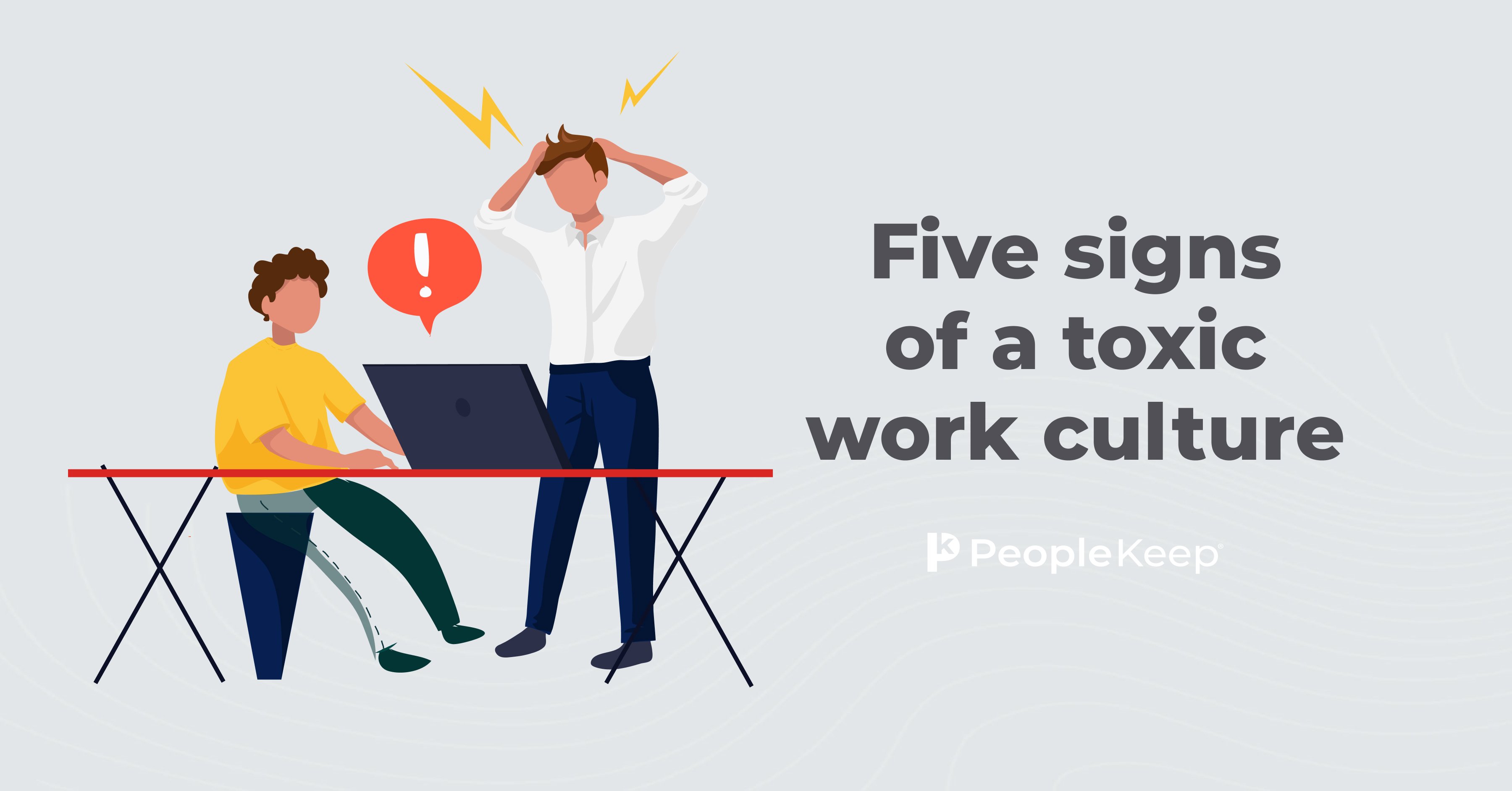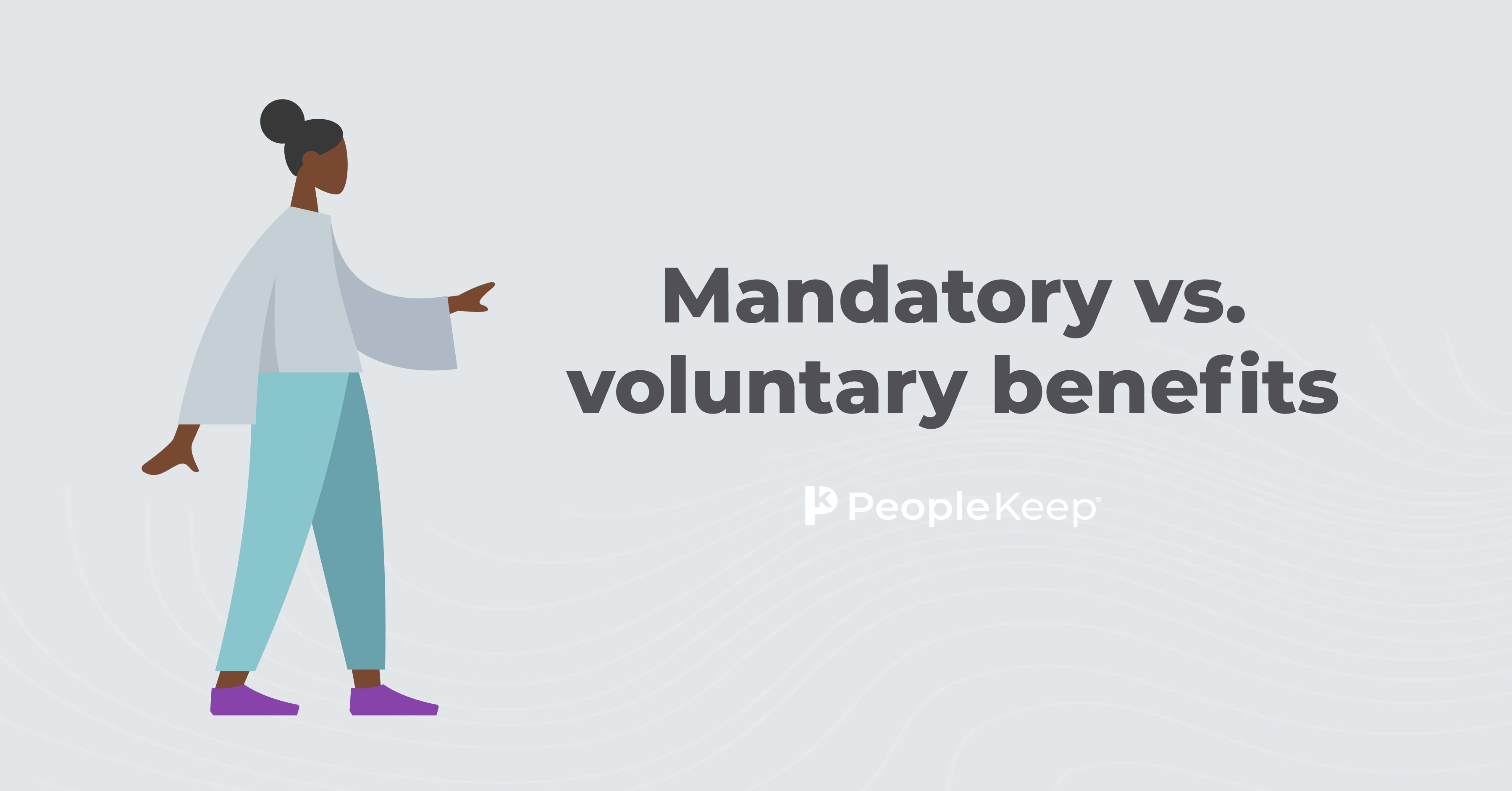What are boomerang employees?
By Elizabeth Walker on June 28, 2024 at 8:45 AM
No employer wants to see a good employee leave their company. However, just because workers resign doesn’t mean they won’t be back. Recent research found that 80% of individuals who quit during The Great Registration regretted it1. This gives business owners an excellent opportunity to regain a valuable former employee.
Hiring a former employee is a good option if you're struggling to find top talent. Returning employees—or boomerang employees—have many benefits that can give you an edge over your competitors. But before you welcome them back, there are some factors to consider.
In this blog, we’ll explain everything you need to know about boomerang employees, including their pros and cons and how you can entice them to rejoin your organization.
Takeaways from this blog post:
- Boomerang employees are individuals who leave a company but later return to work for the same organization.
- Boomerang employees can offer many advantages for business leaders. Their familiarity with company culture can lead to faster onboarding, and they can bring new skills and a proven track record of performance.
- It’s essential to stay in touch, keep your benefits package competitive, and create a positive offboarding process to entice boomerang employees back to your organization.
What is a boomerang employee?
A boomerang employee is someone who leaves their current place of employment only to return to work for the same company later.
The length of time a boomerang employee may be gone varies. It can be as little as a few weeks or as much as a few years. However, the average boomerang employee returns to their previous employer roughly 13 months after leaving2.
During the Great Resignation from 2021 to 2023, the boomerang employee trend became more common. As these types of workers generally leave employment on good terms, organizations are more willing to rehire boomerang employees for what they can bring to the table. In the past, quitting and asking for the same job again later was seen as taboo.
Why do employees boomerang?
Employees boomerang for a variety of reasons, both professional and personal. But no matter the reason, the boomerang trend has increased over the past few years. Returning employees now make up 28% of new hires3.
The following are common reasons why an employee may leave your organization:
- They may have found a new opportunity that allows them to advance their careers, receive higher compensation, or learn new skills.
- They’re interested in pursuing a passion or career journey within a new industry.
- They experience a significant life event, such as a relocation, caring for a child, serious medical condition, or family issues.
- There’s a seasonal or temporary job opportunity that will take them out of state.
- They wish to take a sabbatical or even just extended personal time off.
Once an employee leaves, there are various reasons they may want to return, including:
- Their new job didn’t meet their expectations, or the role wasn’t as advertised.
- The new company’s culture or benefits package isn’t a good fit.
- The new company has few opportunities for professional development or advancement.
- Their position doesn’t provide the work-life balance or flexibility that they need.
- Their major life event has stabilized or concluded.
- Their seasonal job, sabbatical, or need for time off has ended.
Pros of hiring boomerang employees
Hiring a previous employee has many advantages for company leaders. For example, boomerang workers tend to have lower turnover rates upon returning than industry averages for all workers. However, they also bring other benefits.
The following are the pros of hiring boomerang employees at your organization:
- You’ll have an easier and more effective onboarding process: External hires require extensive onboarding and training before they’re up to speed and effective in their role. Boomerang workers already know your internal processes, tools, and resources, so they can dive in more quickly, saving you time and money and increasing productivity.
- They’re already familiar with your company’s culture: If a past employee returns, it’s a good bet they like your company’s culture, mission, and values. Depending on how long they were gone, they may still have a connection with your other employees, which can boost collaboration, improve morale, and increase efficiency.
- They bring new skills from their previous job: Boomerang hires come with new skills that can be valuable in helping your organization grow and succeed. This is especially true if they worked for a competitor. But even if they didn’t, they’ll still return with increased knowledge and additional experience that can benefit their performance.
- You already know how they work: If you hire a former employee, you already have a track record of their performance and the quality of their work. Instead of taking a chance with a new hire, a boomerang employee makes your hiring decision less risky since you already know and have worked with the individual. You know exactly who you’re getting.
- They can boost employee morale: When an employee returns to your organization, they’re saying your company has impressed them enough to return. Other employees, especially new hires, may find this company loyalty encouraging, which can positively impact morale, engagement, and retention.
“Rehiring boomerang employees has often led to reduced training costs and faster integration, making them a valuable asset,” said Robert Macoviak, President of Oyer, Macoviak, and Associates. “They come back with a deeper understanding of our culture and new insights from their external experiences, which can drive innovation and improve operational efficiency.”
Cons of hiring boomerang employees
While welcoming back an employee has many pros, there are some possible downsides that you’ll want to consider before you rehire.
The following describes the potential drawbacks of rehiring a former employee:
- You may ignore more qualified candidates: Hiring a boomerang employee can be attractive because it’s easier to go with a candidate you know. However, taking the simpler, budget-friendly route may not yield the best results. In your rush to fill a spot quickly, you may skip over a new hire who would better fit the position.
- They may have difficulty adjusting to any changes: The longer an employee is away, the more likely your organization made changes during their absence—and not everyone can accept changes quickly or gracefully. If you’ve changed policies, management, or company culture, returning employees may resist them, impacting performance and productivity.
- There’s always a chance they may leave again: The nature of boomerang workers means they’re a potential flight risk. While they’re more likely to stay at your company once they return, it’s understandable that you may fear them quitting a second time—especially if the reason they quit the first time occurs again.
- It may cause conflict with your current employees: Just because you’re excited to welcome back a former employer doesn’t mean everyone else will feel the same. You may have some current employees that didn’t work well with them. The returning worker may also be taking a role that others had their eye on. Whenever someone returns, there’s always a chance your current team will take issue with your decision, which can lower morale.
- Negotiating their new contract can be challenging: Even if a boomerang employee doesn’t feel like a new hire, you may consider them one. Therefore, offering them a contract they want to accept can be difficult. If you start from scratch regarding position, tenure, or employee benefit waiting periods, resentment can form early on.
“It’s crucial to assess why the employee left in the first place,” said Albert Brenner, co-owner of Altraco. “If their departure was due to fundamental issues that remain unresolved, rehiring them might not yield the desired outcomes. Transparency and clear communication about expectations and changes in the company are vital to making the return successful.”
Tips for enticing boomerang employees back to your organization
While you may be disappointed by your employee’s decision to leave your company, there are things you can do to leave the door open and even encourage them to return.
This starts with a positive exit interview process where employees feel supported and appreciated for their work. Once they’ve left, you can cultivate your relationship and continue highlighting your organization in a few ways.
1. Stay in touch
After an employee resigns, you can maintain a connection with them by keeping the lines of communication open. Assuming your offboarding process was a positive experience, your former employees parted on good terms. They may still feel loyal to your company and interested in returning someday.
The best way to stay in touch is through social media platforms or by creating an alum network newsletter. This keeps employees up to date on your company and gives them access to open positions and direct contact information if and when they’re looking to return.
By keeping in contact with past employees, you’re fostering your relationship and making them feel wanted, which increases the likelihood they’ll remember you when it’s time to find a new job.
2. Keep your benefits package fresh
Salary isn’t the only thing employees care about when looking for employment. The benefits you offer are just as significant. If a previous employee is less than impressed with their new employer's benefits package, the perks you offer may catch their attention.
You can build a better benefits package by researching your competitors’ offerings. Ensure your benefits exceed the norm, particularly regarding perks like health insurance and sick time. The more personalized your benefits are, the more your employees will appreciate them.
For example, consider offering a health reimbursement arrangement (HRA) instead of a traditional health benefit so your employees have greater flexibility and financial control over their healthcare. You can offer stipends that employees can use for various expenses, such as remote work, wellness, cell phone and internet bills, tuition assistance, and more.
Remember to include non-monetary perks like flexible work schedules, bereavement leave, and a robust paid time off (PTO) program to help you stand out. Finally, highlight your upgraded benefits package on your website and career sites, where employees will see it if they boomerang back.
3. Make sure your employee experience is a winner
If your employees leave on a positive note, their experience should be even better when they return. Because you’ll be staying in contact with former employees, they’ll be able to keep an eye on your company’s brand and culture, and you don’t want them to see anything that may disappoint. Therefore, your employee experience must remain top-notch.
Revisit your current company vision and values regularly to ensure your culture prioritizes collaboration, professional development, a healthy work-life balance, and employee satisfaction. Survey your current staff periodically to ensure you’re continuing to meet their need. If feedback tells you that you have room for improvement, be willing to make adjustments.
The more positive your company culture, the more likely your talented former employees will notice, which might be the tipping point for getting them to return.
Conclusion
Talented employees are in high demand these days. If you have an employee who leaves your company on good terms, their positive experiences may bring them back to you. You may think it’s too risky to hire boomerang workers. But if they’re high-performing, you’ll benefit from their skills, experience, and newly acquired knowledge—especially if they return after working for a competitor.
To retain a boomerang employee, ensure your compensation package includes several attractive perks, like an HRA. If you need help finding the best benefits out there while still sticking to a budget, contact us, and we’ll get you on the right track!
This article was originally published on March 8, 2023. It was last updated on June 28, 2024.
1. https://www.paychex.com/articles/human-resources/exploring-the-great-regret
3. https://hbr.org/2023/03/the-promise-and-risk-of-boomerang-employees
Check out more resources
See these related articles

Five signs of a toxic work culture
Toxic work cultures can have detrimental effects on both employees and organizations. Uncover the telltale signs of a toxic culture and take action today.

Mandatory vs. voluntary benefits
Curious about the difference between mandatory and voluntary benefits? Explore how each type supports employees and boosts your overall benefits package.

Employee burnout: what it is and how to prevent it
Learn the causes and signs of employee burnout, including how to create a positive work environment where employees feel safe and appreciated.


